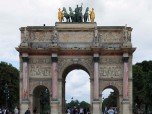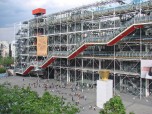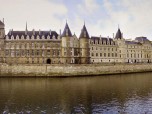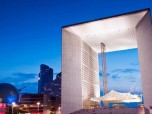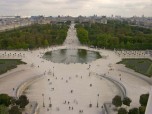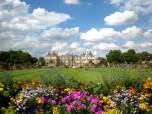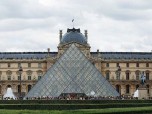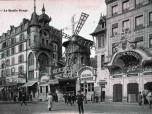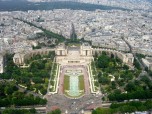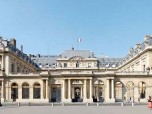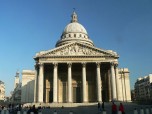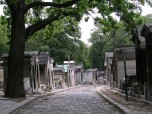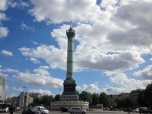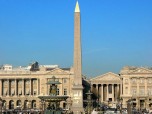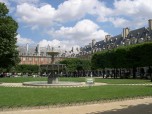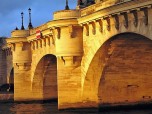The Pantheon is a structure in the Latin Quarter of France. It was originally built as a church to honor St. Genevieve, the patron saint of Paris, who was said to have started a prayer marathon to successfully divert Attila’s Huns from entering the city. Throughout the years it has undergone numerous changes. It now serves a variety of liturgical functions and is a famous burial place in Paris. The building structure resembles the Pantheon found in Rome and is regarded as an early example of Neoclassicism.
History
During the peak of his illness in 1744, King Louis XV was said to have vowed that if he would recover from his disease he would rebuild the ruined Abbey of St Genevieve which was in ruin. The king did soon recover and to fulfill his vow, he entrusted Abel-François Poisson, marquis de Marigny to rebuild the church. The design was commissioned to Jacques-Germain Soufflot in 1755 and the church was scheduled to start construction two years after the design was ordered. The foundation was laid during 1758, but due to economic problems in the country, the construction was delayed.
Not long after, the designer of the church, Soufflot, passed away and his work was taken over by his student, Jean-Baptiste Rondelet. During 1790, exactly ten years after the death of Soufflot, the church was completed. Coincidentally this was during the earlier stages of the French Revolution. Mirabeau, who had been the president of the National Constituent Assembly, ordered that the church be turned into a mausoleum to honor great Frenchmen. This was done after the death of Honoré Gabriel Riqueti, comte de Mirabeau during April 1791, about a year after the re-construction of the Abbey. Since then, it reverted to being a church again. Later on, it was used as a meeting house for great intellectuals.
The Structure
The design of the Pantheon found in Paris is that of a Greek cross. It has a massive portico of beautifully made columns. The craftsmanship of Soufflot is seen in the triple dome features with each shell fitted within the other. Many say that this structure owes some of its characteristics to Bramante’s “Tempietto” which is found in Italy. The beautiful building has a lot of gothic decorations with classical style in terms of architecture. It is considered as one of the most admirable neoclassical monuments in the country and is one of the most famous sites to see in Paris.
Burial Place
There is an inscription which was placed above the entrance of the Pantheon which says that the structure is dedicated to the great men of France. The burial ground is a subterranean crypt found under the vast structure. This burial ground is strictly reserved for men who are considered national heroes. This area is a resting place for many national greats, intellectuals and men of great honor. In 2007, the president of France, Jacques Chirac, called the attention of the public and unveiled a plaque which was placed in the Pantheon. This was dedicated by the Yad Vashem of Israel to commemorate those who were lost during the Holocaust.


